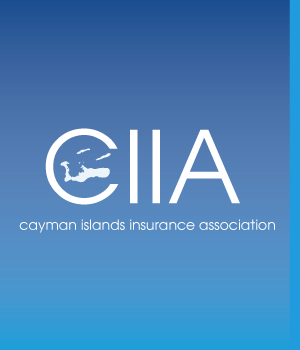A mortality table based on mortality experience, from which the first few policy years after issue (usually five) have been excluded to eliminate the effect of possible adverse selection.
Archives
Multiple Indemnity
A provision that some or all of the benefits under a policy will be increased by a stated multiple, such as 100% or 200%, in the event that a peril occurs in a specified way, e.g., double indemnity on Life Insurance for accidental death.
Return of Premium
A rider on a Life Insurance policy providing that, in the event of the death of the insured within a specified period of time, the policy will pay, in addition to the face amount, an amount equal to the sum of all premiums paid to date. This is a form of Increasing Term Insurance and is used as a sales tool.
Multiple Protection Insurance
A combination of Term and Whole Life Insurance that pays some multiple of the face during the period of the Term policy, becoming a regular Whole Life policy after the Term policy expires. The multiple protection period is thus the period during which both the Term and the Whole Life coverages are in effect.
Revocable Beneficiary
The beneficiary in a Life Insurance policy in which the owner reserves the right to revoke or change the beneficiary.
Natural Premium
The pure mortality cost of Life Insurance for one year at any given age.
Risk Appraiser
An employee of a Life insurer, who screens the applications submitted. He may accept an applicant, reject him, or propose an alternative policy or premium.
Net Amount At Risk
A term which refers to the differences between the face amount of a policy and the reserve or cash value which has been built up under that policy.
Risk Premium Insurance
See Yearly Renewable Term.
Net Increase
The increase in the total amount of business an insurer has to force over a given period of time. It is figured as the total of new policies issued, plus those renewed, less policies lapsed and cancelled.


